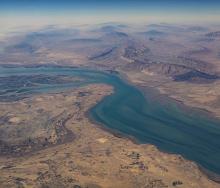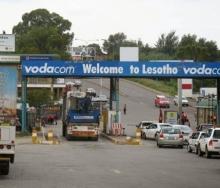Salvaging operations south of Baltimore in the Patapsco River have stepped up a gear with a de-engineering feat that saw the US military hoist a giant piece of the collapsed superstructure of the Francis Scott Key Bridge out of the water.
The US Army Corps of Engineers (USACE) contracted the services of a heavy-duty crane barge, the Chesapeake 1000, for the task, and since lifting a large main-span section of the truss bridge, has managed to free a “limited access channel” to the Port of Baltimore.
Since the bridge collapsed on March 26 after a container vessel heading towards Chesapeake Bay rammed into one of the bridge’s main supporting pillars, Baltimore has been all but cut off from maritime trade.
Sunday’s lifting of a 440-tonne piece of the superstructure will at least allow some vessel traffic through, although most of the collapsed bridge remains partially or completely submerged in the 50-foot-deep river, blocking off the 2.5-kilometre-wide accessway to the port.
Before Sunday’s heavy-lift involvement by USACE, salvaging vessels have only managed to hoist ‘minor’ pieces of the bridge.
However, the Donjon Marine-operated Chesapeake 1000 showed why it’s the biggest barge of its kind operating on the US East Coast.
Maritime Executive reports: “The wreckage below the water is a tangled mess, and many of the steel members are under extreme tension.
“The debris is partially embedded in the soft silt on the bottom, making cutting impossible.
“All of the wrecked material is being transported to a five-acre site at Tradepoint Atlantic, a multipurpose terminal located seaward of the bridge.
“There, a team of workers with torches and heavy equipment, are cutting each section into small pieces for recycling.
“Tradepoint EVP Aaron Tomarchio told the Virginia Pilot that the process is like ‘eating an elephant.’”













